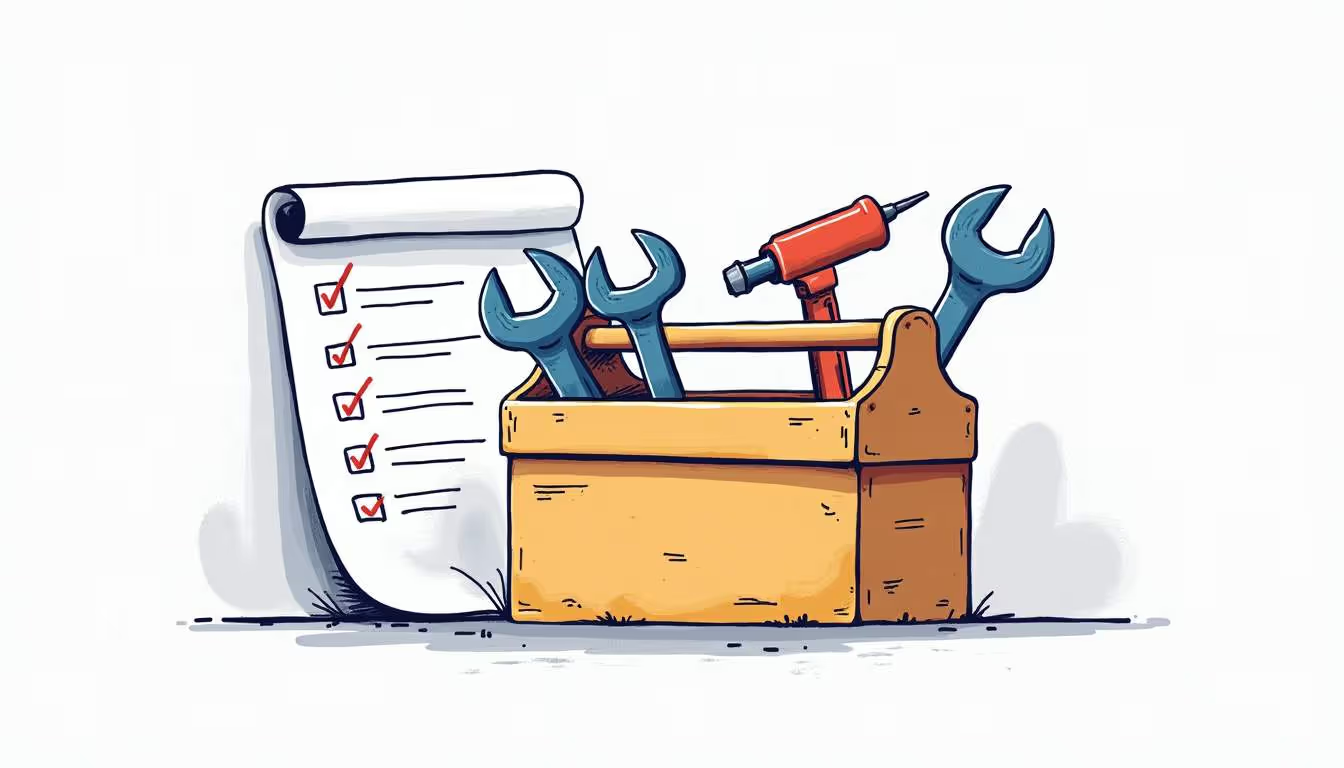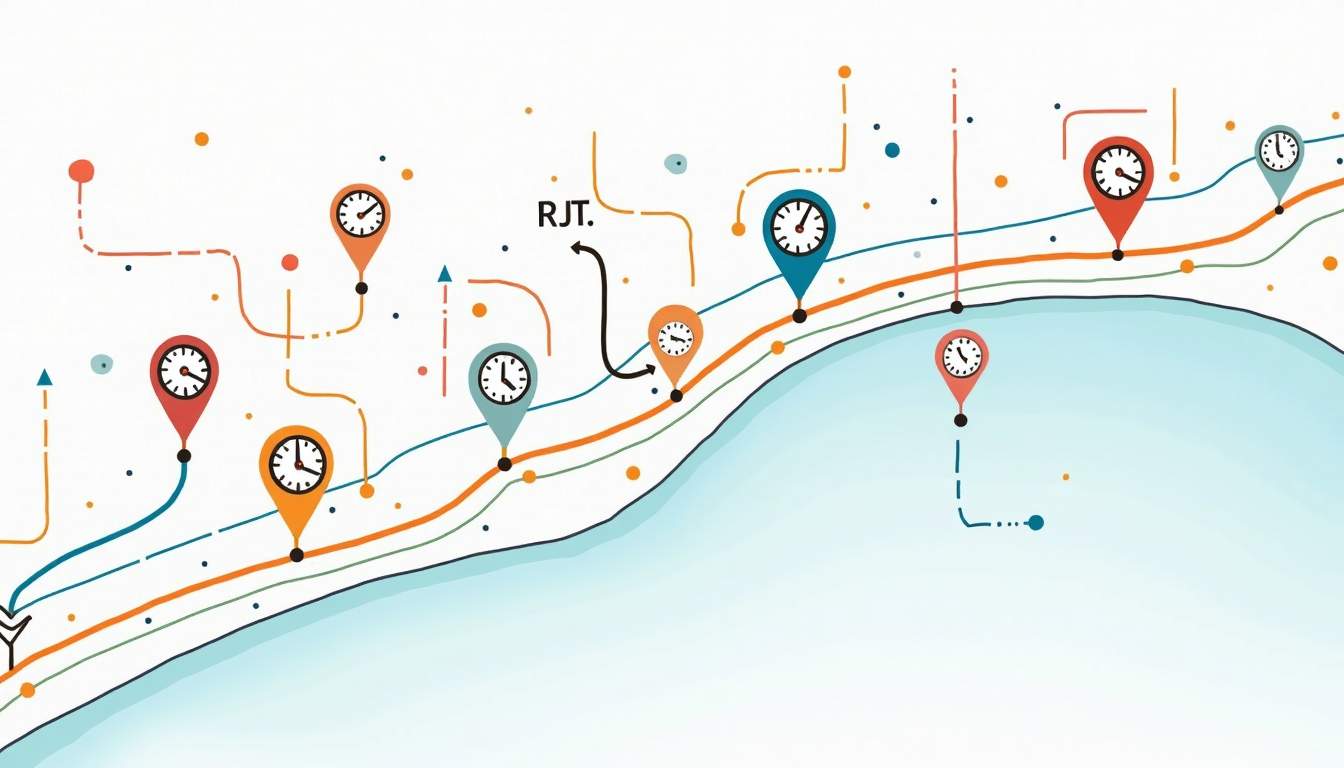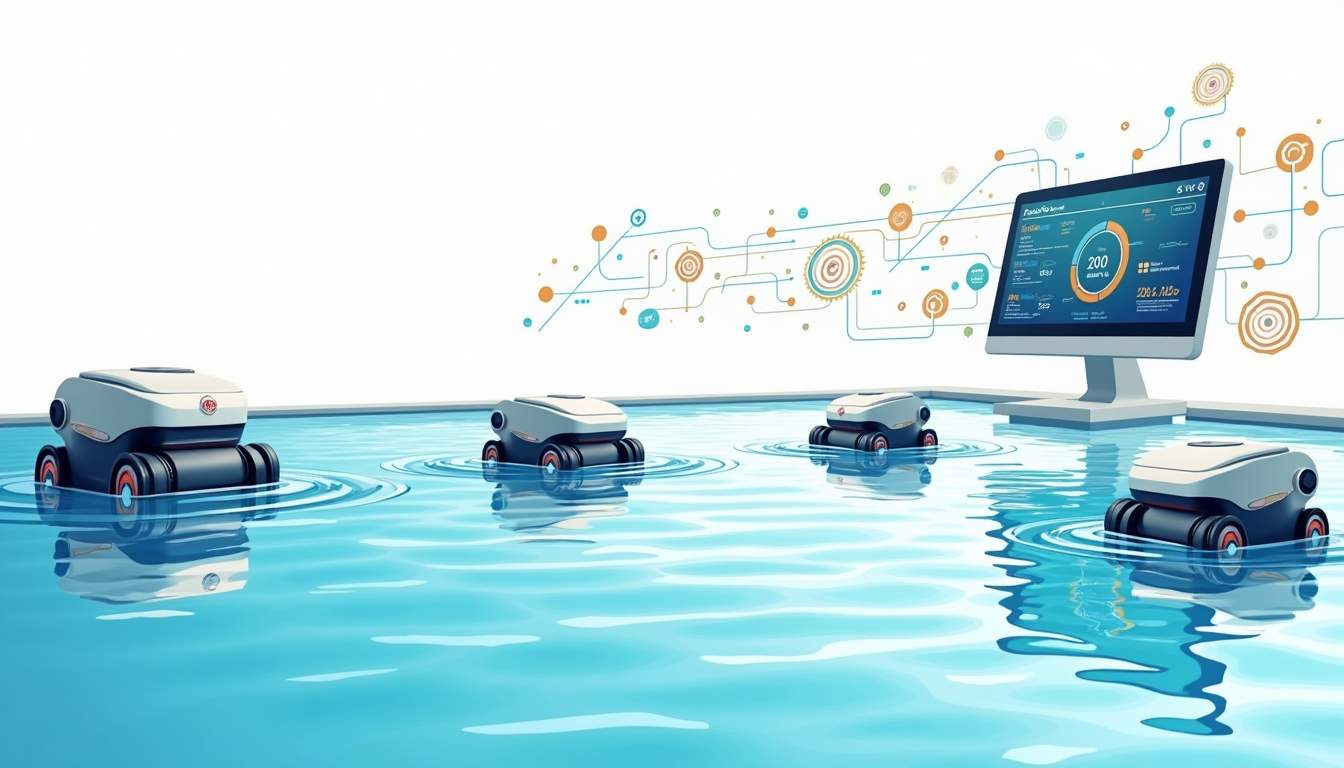Onboarding Your Technicians: Best Practices for Success
In the fast-paced world of service companies, the onboarding process for technicians is a critical component that can significantly impact overall performance and customer satisfaction. A well-structured onboarding program not only helps new hires acclimate to their roles but also sets the stage for long-term success within the organization. This article explores best practices for onboarding technicians, ensuring they are equipped with the knowledge and skills necessary to excel.
The Importance of a Structured Onboarding Process
Onboarding is more than just an introduction to the company; it’s a comprehensive approach to integrating new technicians into the workforce. A structured onboarding process can lead to higher retention rates, improved job satisfaction, and enhanced productivity. It sets the stage for a successful career within the organization, ensuring that new hires have the tools and knowledge necessary to thrive in their roles from the outset.
Reducing Turnover Rates
One of the most significant challenges service companies face is high turnover rates among technicians. A well-defined onboarding program can help mitigate this issue. By providing new hires with clear expectations and support from day one, companies can foster a sense of belonging and commitment. When technicians feel valued and understand their role within the organization, they are less likely to seek opportunities elsewhere. Furthermore, a structured program can include regular check-ins and assessments during the initial months, allowing management to address any concerns early on and adapt the onboarding experience to better suit individual needs.
Enhancing Job Satisfaction
Job satisfaction is crucial for maintaining a motivated workforce. A structured onboarding process that includes training, mentorship, and regular feedback can significantly enhance a technician’s experience. When technicians feel confident in their skills and understand how to navigate company processes, they are more likely to enjoy their work and contribute positively to the team. Additionally, incorporating team-building activities during onboarding can help new hires forge connections with their colleagues, creating a supportive network that can lead to increased collaboration and camaraderie. This sense of community not only boosts morale but also encourages technicians to engage more deeply with their roles, ultimately benefiting the organization as a whole.
Key Components of an Effective Onboarding Program
An effective onboarding program should be comprehensive, covering various aspects that prepare technicians for their roles. Here are some key components to consider when designing your onboarding process.
Comprehensive Training
Training is the backbone of any successful onboarding program. It’s essential to provide new technicians with a thorough understanding of the tools, technologies, and processes they will encounter in their daily tasks. This training should be hands-on, allowing technicians to practice their skills in real-world scenarios. Incorporating a mix of classroom-style learning and on-the-job training can cater to different learning styles and ensure that all technicians are adequately prepared. Additionally, utilizing multimedia resources such as instructional videos, interactive simulations, and online modules can enhance the learning experience, making it more engaging and accessible for all participants.
Mentorship Programs
Pairing new technicians with experienced mentors can significantly enhance the onboarding experience. Mentorship provides a support system that encourages new hires to ask questions and seek guidance as they acclimate to their new roles. Mentors can share valuable insights about company culture, best practices, and troubleshooting techniques, helping new technicians feel more comfortable and confident in their abilities. Furthermore, establishing a structured mentorship program with defined goals and timelines can ensure that both mentors and mentees are aligned in their objectives, fostering a more productive and enriching relationship.
Clear Communication of Expectations
Setting clear expectations from the outset is vital for a successful onboarding process. New technicians should understand their roles, responsibilities, and performance metrics. Regular check-ins and feedback sessions can help ensure that they are on track and provide an opportunity to address any concerns or questions. This open line of communication fosters a culture of transparency and accountability. Moreover, providing a detailed onboarding checklist can help new hires track their progress and ensure that they are meeting all necessary milestones, which can alleviate anxiety and promote a sense of accomplishment as they navigate their initial weeks in the organization.
Integration with Company Culture
Integrating new technicians into the company culture is another crucial aspect of an effective onboarding program. This can be achieved through team-building activities, social events, and informal gatherings that encourage relationship-building among colleagues. By fostering connections with team members, new hires can develop a sense of belonging and loyalty to the organization. Additionally, sharing the company's mission, vision, and values during onboarding helps technicians understand the bigger picture and how their roles contribute to the overall success of the organization. This alignment can lead to increased motivation and engagement, ultimately benefiting both the individual and the company.
Continuous Learning Opportunities
Onboarding should not be viewed as a one-time event but rather as the beginning of a continuous learning journey. Providing ongoing training and professional development opportunities can help technicians stay updated with industry trends and advancements. Encouraging participation in workshops, conferences, and certification programs can enhance their skills and knowledge, making them more valuable assets to the organization. Additionally, creating a culture that values lifelong learning can inspire technicians to take initiative in their career growth, leading to higher job satisfaction and retention rates.
Utilizing Technology for Onboarding
In today’s digital age, leveraging technology can streamline the onboarding process and enhance the overall experience for new technicians. Various tools and platforms can facilitate training, communication, and performance tracking.
Learning Management Systems (LMS)
A Learning Management System (LMS) can be an invaluable resource for onboarding technicians. It allows companies to create and distribute training materials, track progress, and assess knowledge retention. By utilizing an LMS, technicians can access training modules at their own pace, ensuring they fully grasp the content before moving on to more advanced topics.
Mobile Applications
Mobile applications can also play a significant role in onboarding. Technicians often work in the field, making it essential to provide them with resources they can access on-the-go. Mobile apps can offer quick access to training materials, company policies, and communication tools, ensuring that technicians have the information they need at their fingertips.
Fostering a Positive Company Culture
Company culture plays a pivotal role in the onboarding experience. A positive culture not only attracts top talent but also helps retain employees. New technicians should feel welcomed and valued as part of the team from the moment they join the company.
Team-Building Activities
Incorporating team-building activities into the onboarding process can help new technicians forge relationships with their colleagues. These activities can range from informal gatherings to structured team challenges. The goal is to create an environment where technicians feel comfortable collaborating and communicating with one another, fostering a sense of camaraderie and teamwork.
Celebrating Milestones
Recognizing and celebrating milestones during the onboarding process can significantly boost morale. Whether it’s completing a training module or successfully completing a first service call, acknowledging these achievements reinforces a sense of accomplishment. Celebrations can be as simple as a shout-out during a team meeting or more formal recognition through awards or certificates.
Continuous Improvement of the Onboarding Process
Onboarding should not be a one-time event but rather an ongoing process that evolves based on feedback and changing company needs. Continuously improving the onboarding program is essential for ensuring its effectiveness and relevance.
Gathering Feedback
Regularly soliciting feedback from new technicians about their onboarding experience can provide valuable insights. Surveys, one-on-one interviews, or focus groups can help identify areas for improvement. Understanding the challenges new hires face allows companies to make necessary adjustments to the onboarding process, ensuring it remains effective and engaging.
Analyzing Performance Metrics
Tracking performance metrics can also provide insights into the effectiveness of the onboarding program. Metrics such as retention rates, time to proficiency, and customer satisfaction scores can indicate how well new technicians are adapting to their roles. By analyzing these metrics, companies can identify trends and make data-driven decisions to enhance their onboarding process.
Creating a Supportive Environment
A supportive environment is crucial for the success of any onboarding program. New technicians should feel comfortable seeking help and guidance as they navigate their new roles.

Open-Door Policy
Implementing an open-door policy encourages technicians to approach their supervisors or managers with questions or concerns. This policy fosters a culture of support and accessibility, making it clear that leadership is invested in the success of their team members. When technicians know they can seek help without hesitation, they are more likely to thrive in their roles.
Regular Check-Ins
Regular check-ins between new technicians and their supervisors can help identify any challenges early on. These meetings provide an opportunity to discuss progress, address concerns, and offer additional support or resources as needed. Consistent communication reinforces the idea that the company is committed to the growth and development of its technicians.
Conclusion: Investing in Onboarding for Long-Term Success
Onboarding technicians is a critical investment that pays dividends in the form of increased retention, job satisfaction, and overall performance. By implementing best practices such as comprehensive training, mentorship programs, and fostering a positive company culture, service companies can create an onboarding experience that sets technicians up for success.

Utilizing technology to streamline the onboarding process and continuously improving the program based on feedback and performance metrics will ensure that it remains effective and relevant. Ultimately, a well-structured onboarding process not only benefits new technicians but also contributes to the long-term success of the organization as a whole.
In a competitive industry, investing in the onboarding experience is not just a best practice; it’s a strategic advantage that can lead to a more skilled, engaged, and loyal workforce. By prioritizing the onboarding process, service companies can build a strong foundation for future growth and success.








